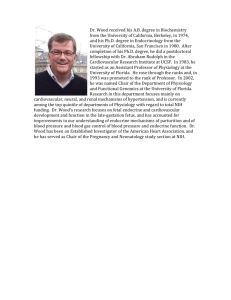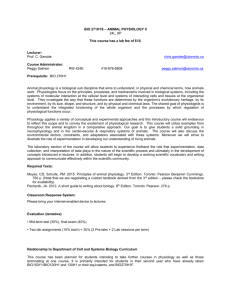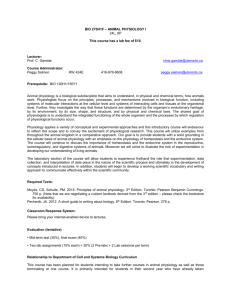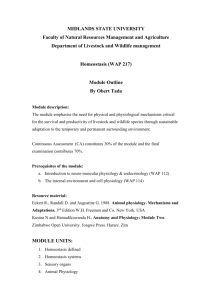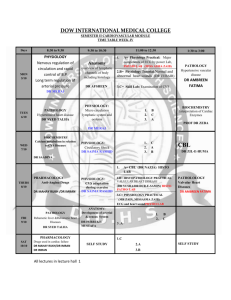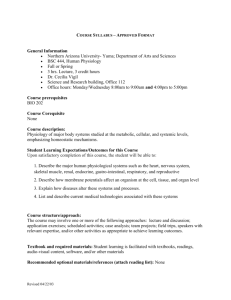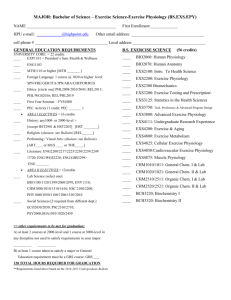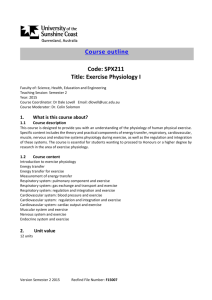symbols - Millersville University
advertisement
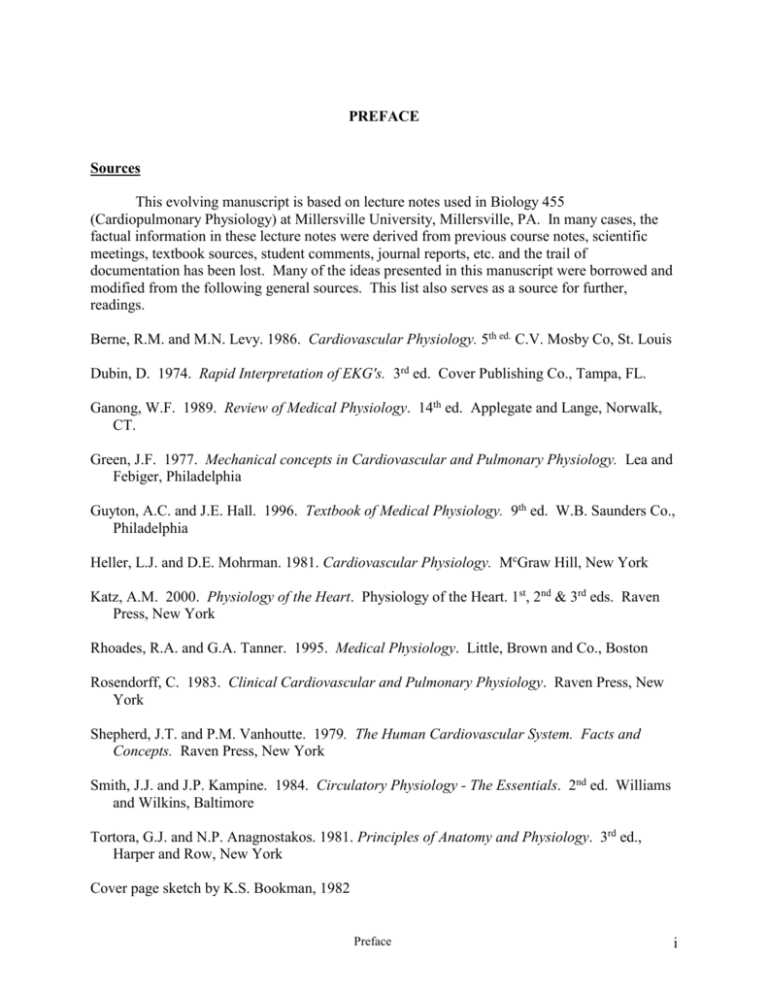
PREFACE Sources This evolving manuscript is based on lecture notes used in Biology 455 (Cardiopulmonary Physiology) at Millersville University, Millersville, PA. In many cases, the factual information in these lecture notes were derived from previous course notes, scientific meetings, textbook sources, student comments, journal reports, etc. and the trail of documentation has been lost. Many of the ideas presented in this manuscript were borrowed and modified from the following general sources. This list also serves as a source for further, readings. Berne, R.M. and M.N. Levy. 1986. Cardiovascular Physiology. 5th ed. C.V. Mosby Co, St. Louis Dubin, D. 1974. Rapid Interpretation of EKG's. 3rd ed. Cover Publishing Co., Tampa, FL. Ganong, W.F. 1989. Review of Medical Physiology. 14th ed. Applegate and Lange, Norwalk, CT. Green, J.F. 1977. Mechanical concepts in Cardiovascular and Pulmonary Physiology. Lea and Febiger, Philadelphia Guyton, A.C. and J.E. Hall. 1996. Textbook of Medical Physiology. 9th ed. W.B. Saunders Co., Philadelphia Heller, L.J. and D.E. Mohrman. 1981. Cardiovascular Physiology. McGraw Hill, New York Katz, A.M. 2000. Physiology of the Heart. Physiology of the Heart. 1st, 2nd & 3rd eds. Raven Press, New York Rhoades, R.A. and G.A. Tanner. 1995. Medical Physiology. Little, Brown and Co., Boston Rosendorff, C. 1983. Clinical Cardiovascular and Pulmonary Physiology. Raven Press, New York Shepherd, J.T. and P.M. Vanhoutte. 1979. The Human Cardiovascular System. Facts and Concepts. Raven Press, New York Smith, J.J. and J.P. Kampine. 1984. Circulatory Physiology - The Essentials. 2nd ed. Williams and Wilkins, Baltimore Tortora, G.J. and N.P. Anagnostakos. 1981. Principles of Anatomy and Physiology. 3rd ed., Harper and Row, New York Cover page sketch by K.S. Bookman, 1982 Preface i Standard Symbols and Abbreviations used in Cardiopulmonary Physiology . V = volume V = volume/time (rate of flow) P = pressure F = fractional concentration (dry gases) f = frequency . Q = volume, usually blood Q = blood flow rate A dot above a symbol indicates a rate; a bar above a symbol indicates a mean value. B = barometric I = inspired E = expired A = alveolar D = dead space a = arterial v = venous c = capillary STPD = standard temperature (273 °K) and pressure (760 mm Hg), dry gas (PH2O = 0 mm Hg) BTPS = body temp. (310 °K), ambient pressure, saturated gas (PH2O = 47 mm Hg at 37 °C) ATPS = ambient temperature, pressure and saturation (PH2O = 22 mm Hg at 24 °C) Gas Volume Conversion: BP-47 V (STPD) = 760 273 x 310 x V (BTPS) Preface ii
